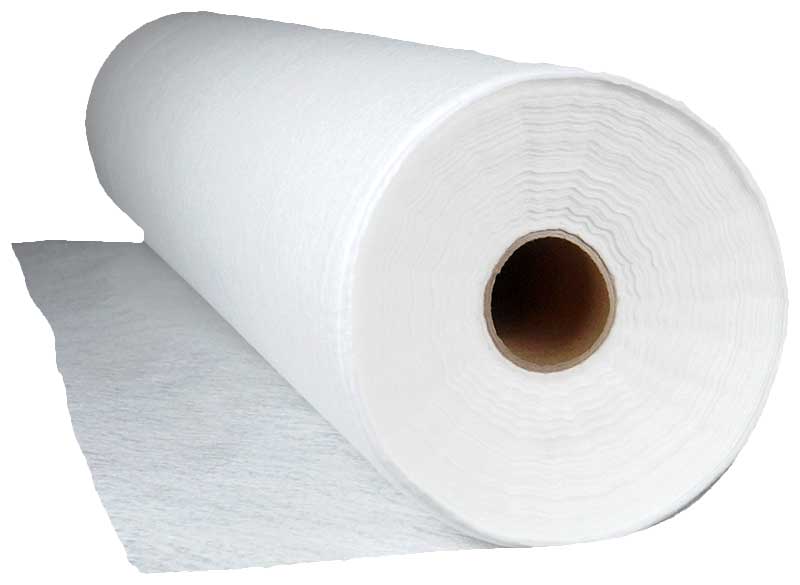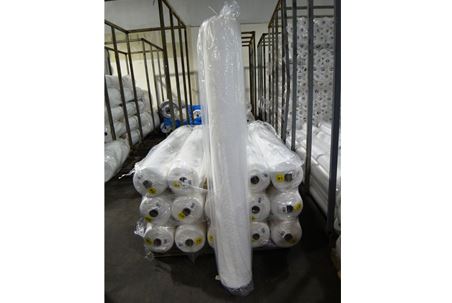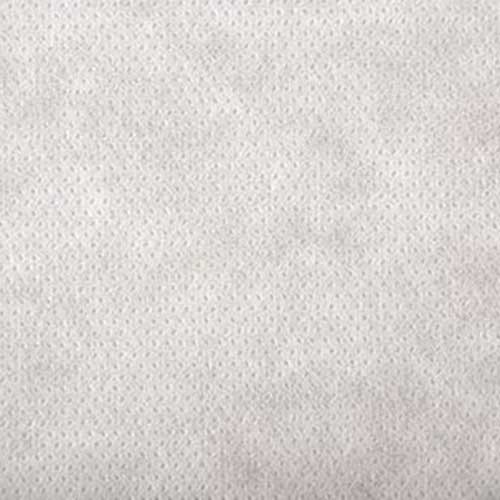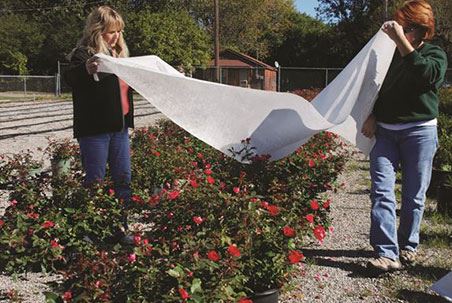Garden Cover Cloth
FREE SHIPPING
The garden cover cloth is a reliable product designed to protect plants from frost during cold weather. Made from 2.5-ounce spunbound fabric with built-in UV inhibitors, this cover cloth allows air and water to pass through while shielding plants from frost. The sewn seams offer enhanced durability and long-lasting performance. By maintaining a warmer temperature beneath it, this cover cloth helps to extend the growing and flowering periods of your plants. Available in various sizes, it’s an excellent choice for safeguarding your garden.











